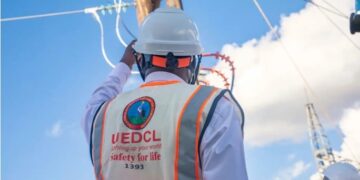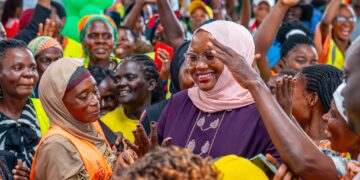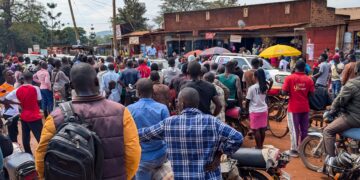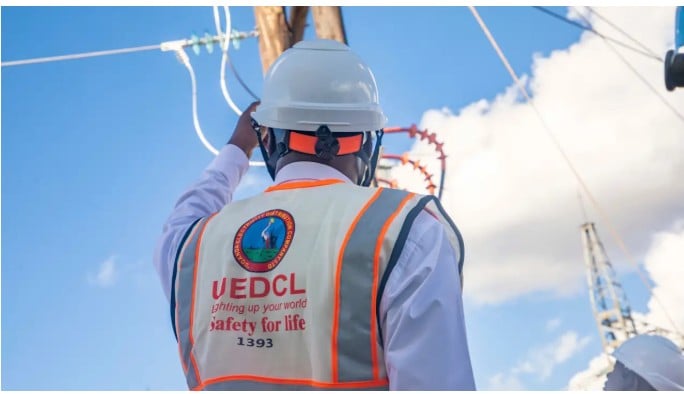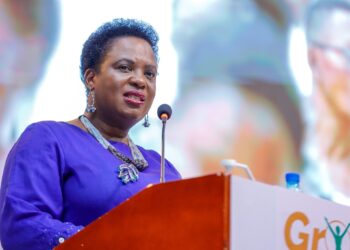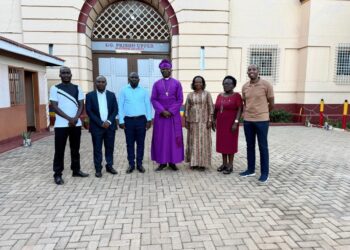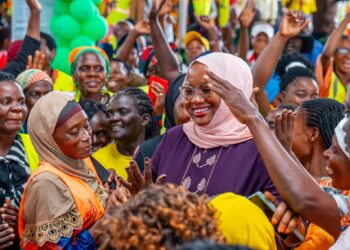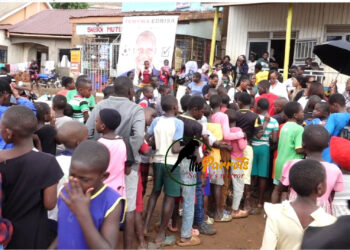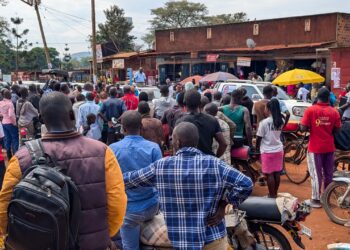Op-Ed
Recently, the media reported that the government is planning to connect over 900,000 households across the country to the national grid under the Electricity Scale Up Project (EASP) which followed the signing of the two agreements between Uganda Electricity Distribution Company (UEDCL) and the Ministry of Energy and Mineral Development (MEMD). These two key implementation agreements, Result Based Financing (RBF) and the Materials Provision Agreements, specify that under the RBF agreement, UEDCL will fund 508,035 new connections from its own resources and the Material Provision Agreement also targets 388,400 new connections.
It is said that these two agreements intend to raise electricity access from the current 60 percent to 100 percent. I appreciate the ministry of energy for the dedicated services provided to increase electricity access in the country for the common good of the citizens. Indeed, since 2005 when the country experienced the power crisis, we have witnessed significant progress where the Uganda electricity generation capacity has more than doubled reaching over 2,048MW
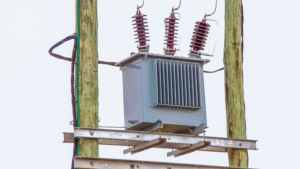
Albeit late, the above is commendable as it targets at increasing energy access from the current 60% to 100%, however in the current conditions, addition of Ugandans to the grid alone will not fully address the electricity challenges such as the socio-economic and environmental challenges which most Ugandans are facing due to unaffordability, reliability and instability among others.
For several decades now, the Ugandan government has implemented policies such as Free Electricity Policy (ECP), Rural Electrification Strategy (RESP 1&11), among others aimed at promoting grid electrification of the country for socio-economic transformation. These projects where government and development partners have invested billions of money in the last 15 or so years have largely failed. Available information shows that some of the above targets were not met with greatly increased. Despite the ECP target to attain a 60% connection rate by 2027, available information shows that just over two years before 2027, according to UBOS report, the grid connection stands at 25.3% with rural access at a mere 9.1% compared to 49% in urban area
Despite Uganda’s robust policy framework to promote electricity as a driver of socio-economic transformation, as outlined in the National Development Plans III, IV, Uganda’s Vision 2040, the 2007 Renewable Energy Policy and the 2023 National Energy Policy, significant disparities in electricity access still persist, particularly in rural areas and this has led the majority of Ugandans to continue relying on inefficient and costly energy sources such as kerosene, biomass and others leading to severe health, environmental repercussions and economic losses, particularly affecting women and girls who are more involved in domestic work at home
In August 2024, when West Nile region was connected to the national grid, the government assured the people in the area that the region will develop quickly as a result, however despite the area being connected to the grid, many people remain unconnected due to unaffordability of the tariffs despite the activation of the national grid. While the country boosts about its surplus electricity, with approximately 2,048MW total installed power, it is unfortunate that this generated power remains wasted, costing poor Ugandans tax payers’ money where less is consumed.
The unaffordability and reliability make it difficult for most Ugandans doing small scale businesses like welding, saloons, retail shops to increase their productivity levels. In addition, the issue of power stability is also a concern to many Ugandans and firms who spend several hours a day without services and in instances when electricity is available, blackouts are prevalent. These issues need a recalibration of strategies to be addressed and fully harness electricity’s potential to drive national development.
Initiatives such as Sustainable Energy for All, the United Nations, the Sustainable Development Goals (SDGs), Goal 7 and others highlight the need to have equal access to clean, affordable and reliable energy, Therefore, as the government makes investments in extending the national grid and hydropower dams across the country to increase power access, it needs also to broaden its scope and focus more on investing heavily in other clean energy alternative sources which are cheap, stable, reliable and affordable particularly off grid solar energy to meet energy needs of all Ugandans.
By Olive Atuhaire, AFIEGO
The writer is a Ugandan Environmentalist and Climate Activist
Email: atuhaireolivia72.ao@gmail.com
